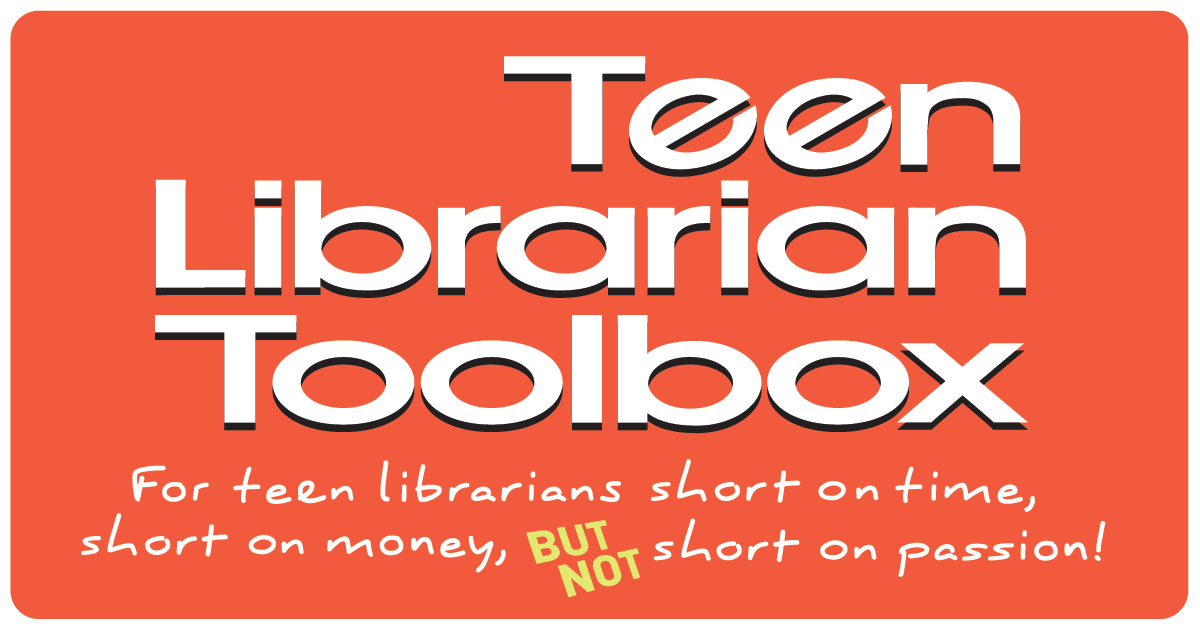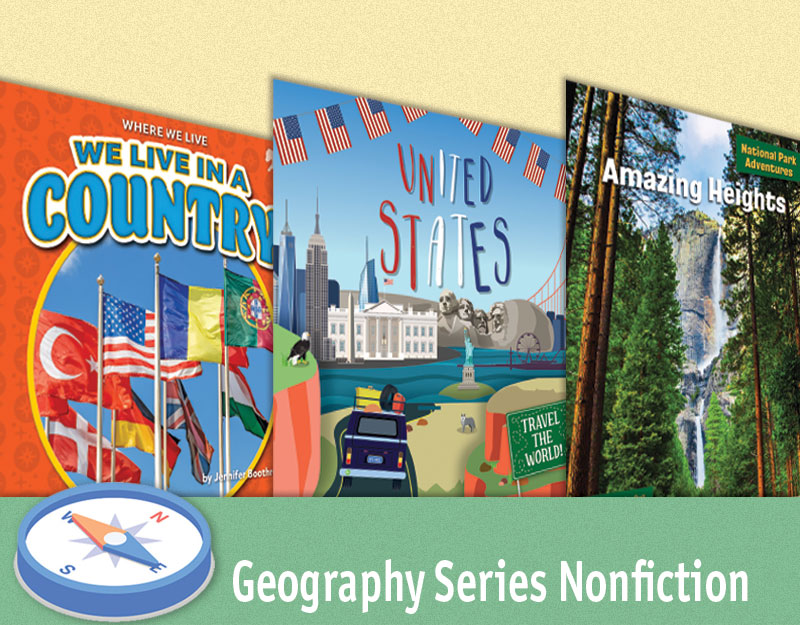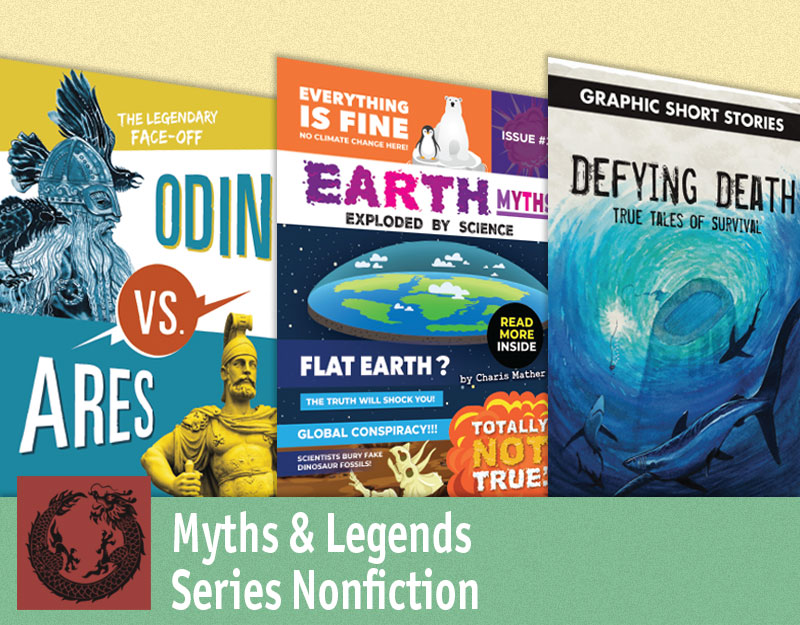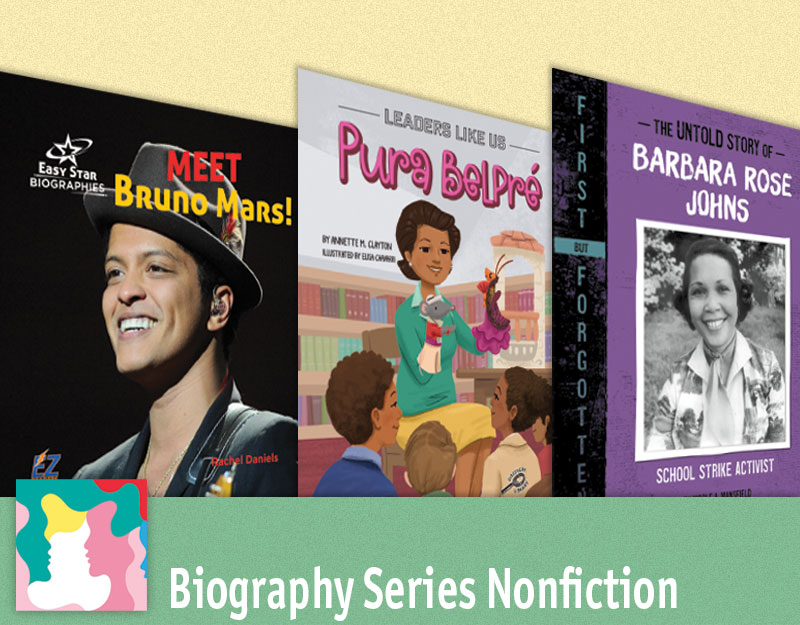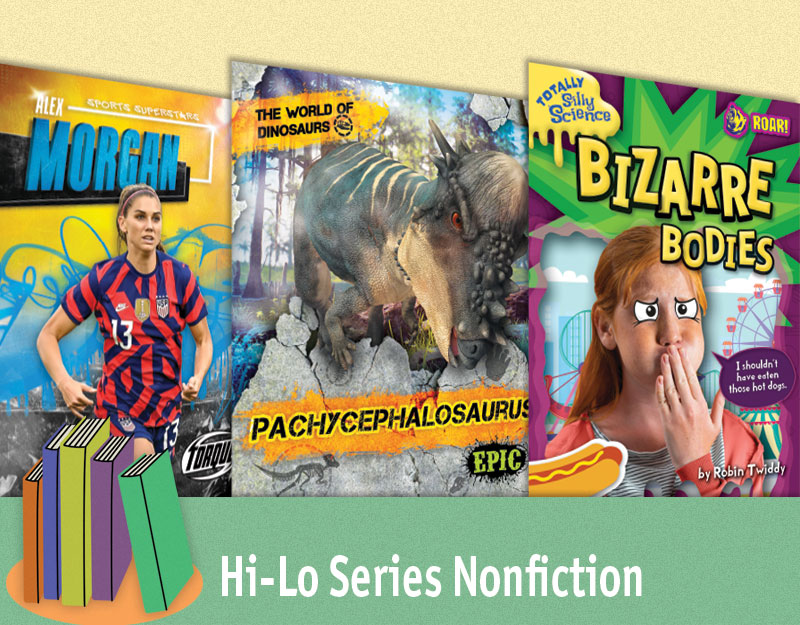Do Animals Belong in YA Fantasy? A guest post by Hanna C. Howard
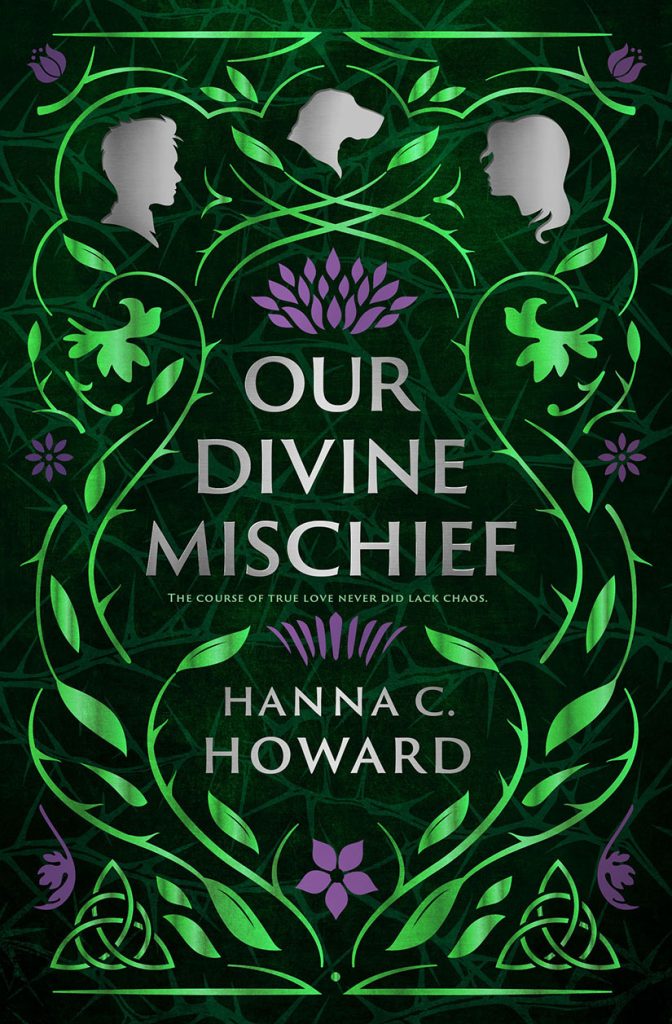
When I was in first grade, my favorite colors were black, brown, and “reddish brown,” because those were the colors of our dog. When I was in second grade, I abandoned my career goal of becoming a veterinarian because I learned it meant I would have to euthanize dogs. When I was in fourth grade, I started writing books, but the main characters were always—you guessed it—dogs. When I was in fifth grade, I had bright pink shoelaces that said “I LOVE MY BEAGLE,” and I exclusively wore a sweatshirt printed all over with lifelike, black-and-white dog breeds.
Suffice it to say, I was a dog person.
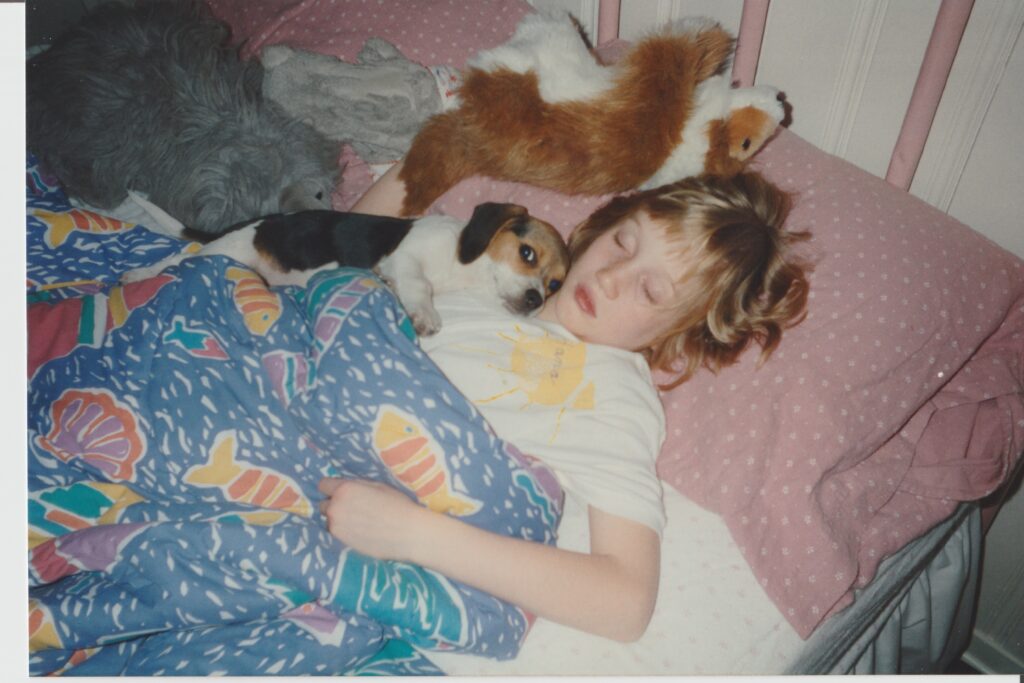
This mania cooled somewhat as I reached adolescence, and by high school I had certainly stopped advertising it all over my clothing. But two facts were still undeniably true: I loved dogs, and I wanted them around as often as possible. When I went off to college, the void that was hardest to fill in the dorms was the one left by my dog, and any time someone walked their dog on campus, I was like a moth to the flame, eager to give ear-scritches and remind that happy canine of what a Very Good Dog it was. Not once during my teenage years—the years of life we tailor our young adult literature to fit—did I lose interest in the animal companions we keep in our homes, or feel indifferent to their presence.
ADVERTISEMENT
ADVERTISEMENT
And yet, YA as a genre is notably devoid of animal characters. You can find them all over middle grade lit, and adult memoirs are fair packed with tragically inspiring tales of pets and their owners. But YA—and YA fantasy in particular—sees its animals mostly as accessories, vibes, or (sometimes) shapeshifting love interests. Yet I think there is good reason for this: YA fantasy is a genre full of drama, angst, and magic, and bringing in an animal as a main character (or worse, a POV character) feels like something that can only detract from the gravitas. After all, who hears the words “talking animal” without thinking they’re en route to The Hundred Acre Wood, Toad Hall, or Narnia? (Three destinations I love, by the way, but which are decidedly UN-modern YA.)
For this reason, if you’d asked me a decade ago whether I’d ever want to write (or even read) an animal POV in YA, I’m fairly sure I would have said no. But since then, two things have happened to change my mind.
The first was reading Sabriel, Lirael and then Abhorsen by Garth Nix. I won’t be spoilery in case you haven’t read them, but there are two animal characters in that series that are *chef’s kiss* perfect without being the least bit hokey, sappy, or childish. And even more impressive, they also manage to be extremely accurate to their respective species. My love for that series was hugely amplified by those two characters.
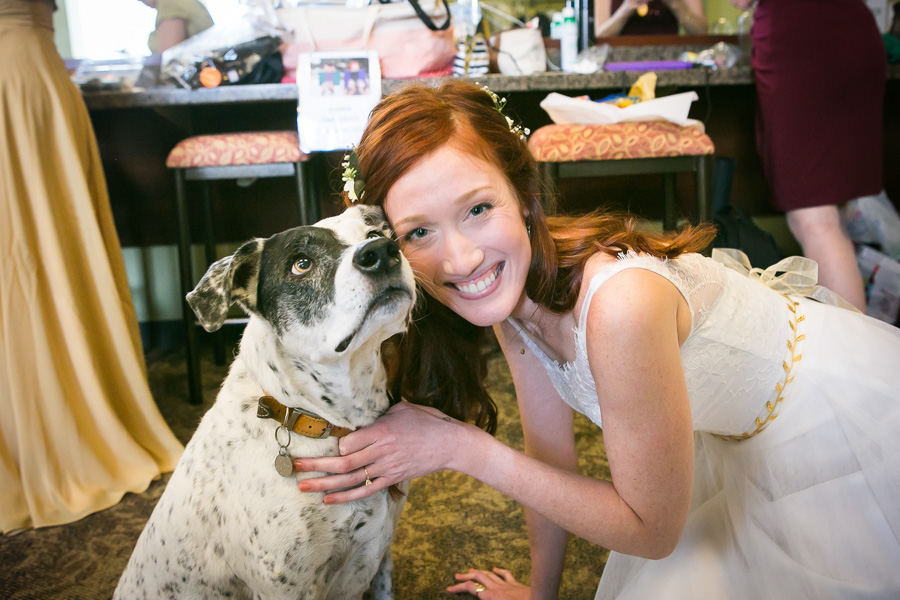
The second thing that happened was that my own dog died. And I should back up a little here, for context. This dog was my first Very Own pet after leaving home. I adopted her when I was a senior in college, and she was a wild hurricane of a creature, a spotted Catahoula Leopard mutt with blazing, slightly-crossed gold eyes, a tail like a bullwhip, and a molten core. She enthusiastically chipped the front teeth of both my best friends on two separate occasions, more than once ate her (not insubstantial) weight in chocolate and had to be fed buttered bread and peroxide until she regurgitated it, and once even managed to open several bottles of expensive supplements with child-locks by unscrewing them with her paws. If anyone so much as looked at me with questionable intent, she would give them every visible promise of disembowelment, and yet if you won her trust, she would love you forever. Her name was Ophelia. She was a legend. It’s possible she was also an alien.
Through the first eleven years of my adult life, Ophelia was my best friend and constant companion. Then in her twelfth year, with her hearing already on the wane, she started to lose function in her back legs. I built her a wheelchair out of PVC pipe, and bought a sling to lift her with less difficulty, but there was no stopping the deterioration of her once-powerful body. She lasted a year in this state, and by the time she died, I had been mourning her loss—the loss of the mighty, mischievous dog she had once been—for months. But I still knew her absence would carve a hole in my heart that could never be filled.
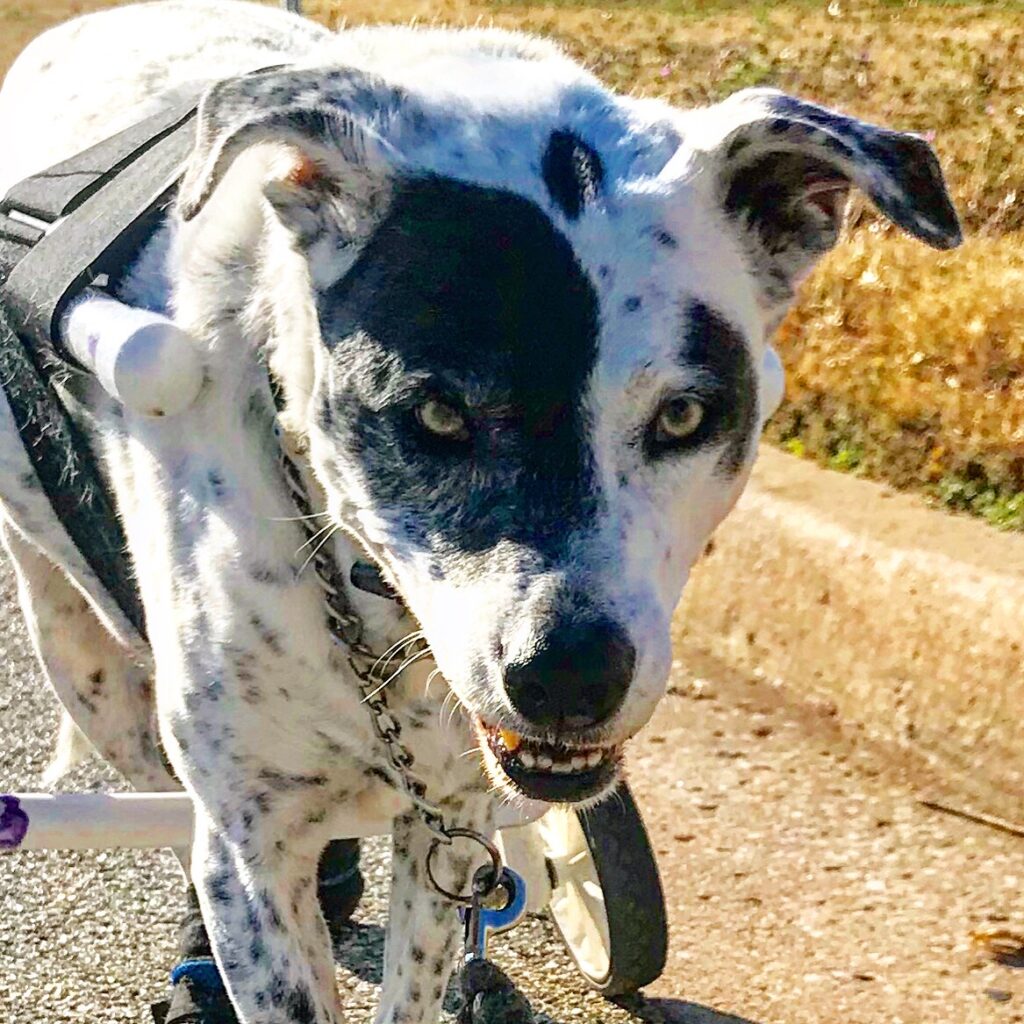
At this point, my debut novel, Ignite the Sun, was eight months away from hitting the shelves, COVID was gathering itself over the world like a shadow, I was heavily pregnant with our firstborn… and it was time to think about what I wanted to write next. I knew I wanted to tell a story that was personal to me, and as time went on, I also realized I wanted to write something that would teleport me away from both the pandemic and the intense challenges of navigating postpartum life and new motherhood.
I wanted, I realized, to tell a story about Ophelia.
But I also knew my genre, and I knew it would be a tricky thing to do. As far as I had ever read, only Garth Nix had pulled off such a thing. So I began to see it as my challenge, the hurdle I wanted to find out whether I could leap: writing a dog into YA fantasy in a way that was both true to life and fitting to the genre. It probably helped that the dog I was writing was based on one who might already have been otherworldly, but as I lost myself in the task, in the words, in the pages… I once again found Ophelia.

On the page, she became a creature shrouded in mythic mystery, and yet also one who wore her heart on her proverbial sleeve; a beast you knew to the core, even while you doubted what she was. She narrated her part of the story in evolving verse, and she surprised me as much in fiction as she had in life. She became utterly different than the dog she had been, and yet, exactly the same. It was alchemy, of the sort only books can distill. Ophelia—Orail, on the page—became the centripetal nucleus of the story I was trying to tell.
And somewhere along the way, my goal shifted. I was no longer trying to write a particular dog that could fit into YA fantasy; I was trying to write a YA fantasy that could fit a particular dog. Which seems to me, now, to be the heart of the matter: maybe we don’t need animals thrown willy-nilly into YA, but only the ones whose stories are asking to be told there. Only the ones who walk through our world with not-quite-hidden magic rushing like light through their veins, as well at home amid the fantastical as they are in the mundane.
And just as they make our lives richer, I think these creatures will make our bookshelves richer, too—richer, wilder, and ever so much more interesting.
Meet the author
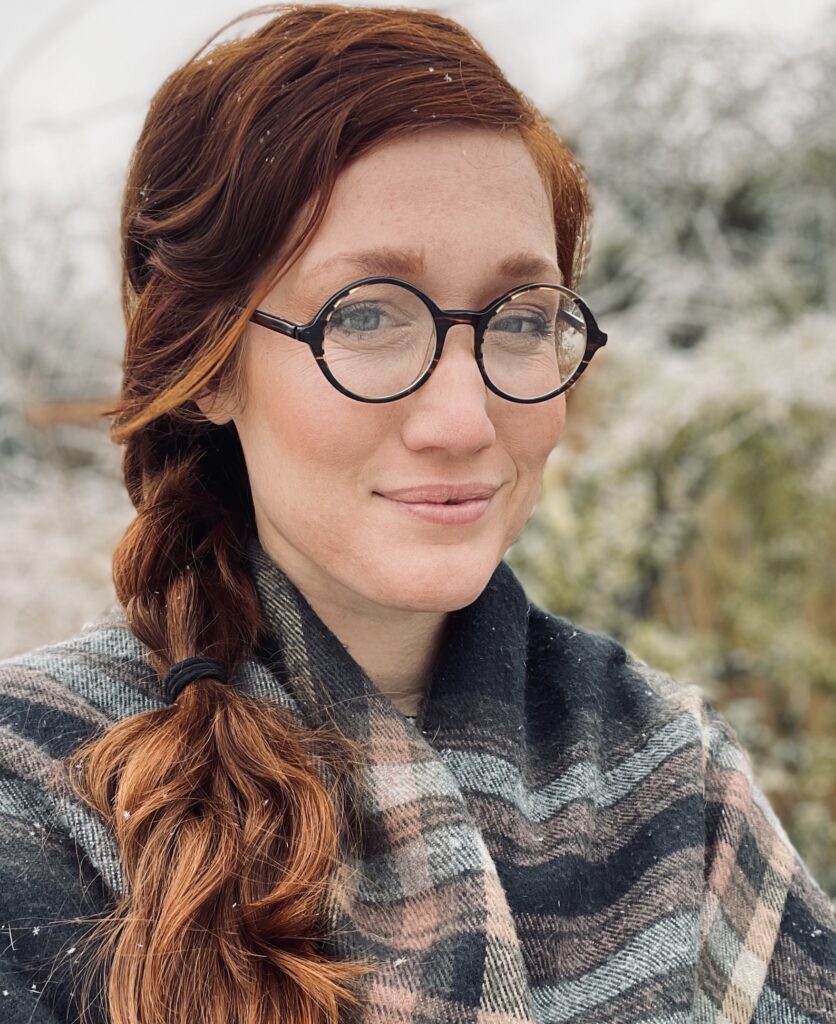
Hanna C. Howard started writing books in the fourth grade—and they were always about dogs. Her tastes have expanded since then, but her favorite stories still tend to have a dog in them somewhere. When she isn’t writing or reading with a pot of tea nearby, she prefers to be in her rambling cottage garden, conjuring beauty and nurturing compost. She lives in Tulsa, Oklahoma with her husband, three young hobbit children, and their athletic rescue mutt. Her first novel, Ignite the Sun, was a Junior Library Guild Gold Standard Selection.
About Our Divine Mischief
A sweeping YA fantasy inspired by Scottish history and folklore, Our Divine Mischief takes readers on a journey told in three voices: a determined heroine, an outcast young man, and a wish-granting canine. Their adventure spans an island fishing village to the king’s court in a story about identity, belonging, and the love between a human and her dog.
ADVERTISEMENT
ADVERTISEMENT
The Goddess Trial is designed to push young people to their edge and mark their coming of age, but Áila Lac Inis is ready for whatever it brings. She sets sail from her small fishing village to the island of the goddess Yslet, fully expecting a divine encounter, but what she finds is … nothing at all. The goddess is completely absent, and the only thing on the island is a dirty, mangy dog. Suddenly, everything Áila has ever known and believed is upended and her future becomes shrouded in uncertainty.
Hew already completed the Goddess Trial and received the designation of Unblessed. He is an outcast in the village, until he is tasked with assisting Áila through a series of Ordeals the town elders designed to compensate for her failed Trial. For the first time, he has hope he can make something of his life.
Orail isn’t quite sure who or what she is. She remembers little before Áila’s arrival on the island, and now all she knows is that she’ll never leave Áila’s side. But as she begins to realize and remember, she discovers powers—and an identity—she never could have imagined.
Told from three perspectives, Our Divine Mischief is an epic fantasy inspired by Scottish history and mythology that includes political intrigue, a sweeping love story, and an exploration of the powerful bond between dogs and humans.
ISBN-13: 9780310156222
Publisher: Blink
Publication date: 10/17/2023
Age Range: 12 – 18 Years
Filed under: Guest Post
About Amanda MacGregor
Amanda MacGregor works in an elementary library, loves dogs, and can be found on Twitter @CiteSomething.
ADVERTISEMENT
ADVERTISEMENT
SLJ Blog Network
Name That LEGO Book Cover! (#53)
Cover Reveal and Q&A: The One and Only Googoosh with Azadeh Westergaard
Exclusive: Vol. 2 of The Weirn Books Is Coming in October | News
Fighting Public School Book Bans with the Civil Rights Act
ADVERTISEMENT

